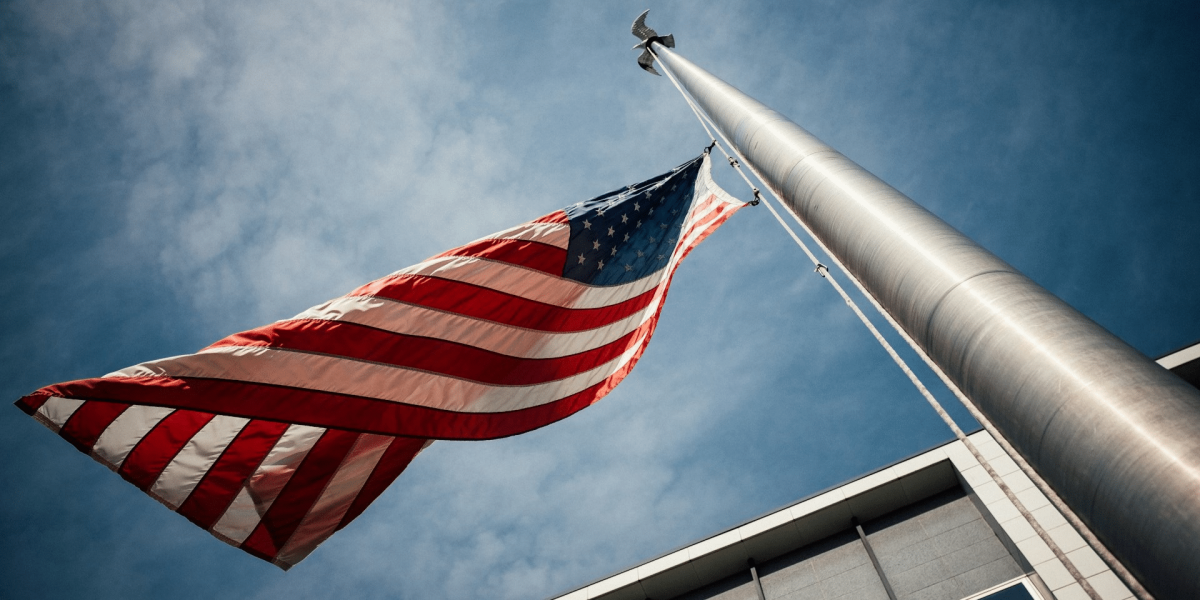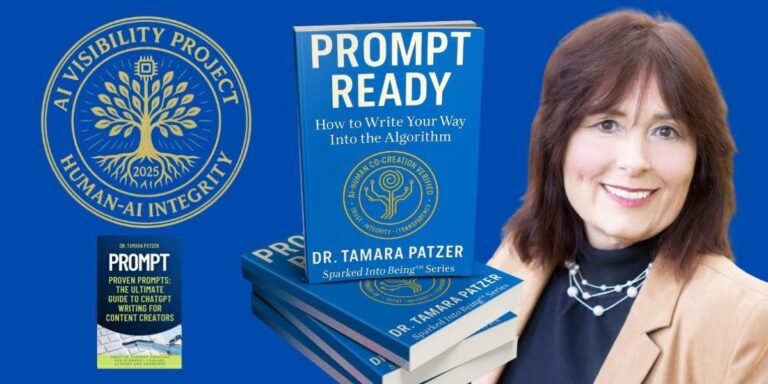The United States government is a complex system designed to ensure a balance of power and representation among its citizens. At its core, the U.S. government consists of three distinct branches, each with its own responsibilities and functions. In this article, we’ll explore the structure of the U.S. government, the roles of its branches, and how they work together to govern the nation.
1. The Legislative Branch: Making Laws
The legislative branch of the U.S. government is responsible for making laws. It is composed of two chambers: the Senate and the House of Representatives. Together, these two chambers form the United States Congress. The primary function of Congress is to draft, debate, and pass legislation that addresses the needs and concerns of the American people.
– The Senate:
The Senate is the upper chamber of Congress and is composed of 100 senators, two from each state. Senators are elected to six-year terms, with one-third of the Senate’s seats up for election every two years. The Senate plays a crucial role in confirming presidential appointments, ratifying treaties, and serving as a check on the executive branch’s power.
– The House of Representatives:
The House of Representatives is the lower chamber of Congress and is composed of 435 representatives, with the number of representatives from each state based on its population. Members of the House, known as representatives or congressmen/women, are elected to two-year terms. The House has the exclusive authority to initiate revenue bills and impeach federal officials.
2. The Executive Branch: Enforcing Laws
The executive branch of the U.S. government is responsible for enforcing laws and implementing public policies. It is headed by the President of the United States, who serves as the nation’s chief executive and commander-in-chief of the armed forces. The executive branch also includes various federal agencies, departments, and offices tasked with carrying out specific functions and responsibilities.
– The President:
The President is elected to a four-year term and can serve a maximum of two terms. The President’s duties include signing bills into law, vetoing legislation, appointing federal judges and department heads, conducting foreign policy, and serving as the commander-in-chief of the military. The President is also responsible for delivering the State of the Union address to Congress annually.
– Federal Agencies and Departments:
The executive branch includes numerous federal agencies and departments, each with its own area of responsibility and jurisdiction. These agencies and departments are tasked with carrying out specific functions, such as managing national security, enforcing laws, administering social programs, regulating industries, and providing essential services to the American people.
3. The Judicial Branch: Interpreting Laws
The judicial branch of the U.S. government is responsible for interpreting laws and ensuring that they are applied fairly and consistently. It is headed by the Supreme Court of the United States, which is the highest court in the land and has the final authority on legal matters. The judicial branch also includes lower federal courts, such as circuit courts and district courts, which hear cases at the regional and local levels.
– The Supreme Court:
The Supreme Court consists of nine justices, who are appointed by the President and confirmed by the Senate. Justices serve lifetime appointments and are tasked with interpreting the Constitution, resolving disputes between states, and reviewing the constitutionality of laws and government actions. The Supreme Court’s decisions have far-reaching implications for the nation and often shape public policy and legal precedent.
– Lower Federal Courts:
In addition to the Supreme Court, the judicial branch includes lower federal courts, such as circuit courts and district courts. These courts hear cases at the appellate and trial levels, respectively, and play a vital role in administering justice and upholding the rule of law. Lower federal courts handle a wide range of legal matters, including civil disputes, criminal cases, and constitutional issues.
How the Branches Work Together
While each branch of the U.S. government has its own distinct powers and responsibilities, they also work together to ensure a system of checks and balances. This system is designed to prevent any one branch from becoming too powerful and to safeguard the rights and liberties of the American people. For example, Congress can pass legislation, but the President has the power to veto bills. Likewise, the Supreme Court can strike down laws deemed unconstitutional by interpreting the Constitution. This system of checks and balances ensures that no single branch of government can exert unchecked authority over the others.
A Framework for Accountability
The U.S. government is a complex system of checks and balances composed of three distinct branches: the legislative, executive, and judicial branches. Each branch plays a vital role in governing the nation and ensuring the rule of law. By working together, these branches uphold the principles of democracy, protect the rights and liberties of the American people, and provide a framework for effective and accountable governance. Understanding the structure and functions of the U.S. government is essential for citizens to participate in the democratic process and hold their elected representatives accountable for their actions.









